Do your nature photos have enough details?
I often get this question from our students: What is needed to capture awesome nature photos?
One of the top ingredients of a awesome nature photos is attention to details. I go out of my way to capture and preserve as many details as necessary to give me a natural looking nature photo. But this does not mean that the same amount of details is present in every photo.
Take a look at these two photos of the same waterfall. Notice that the water in the first, unprocessed image is overexposed. This is a common problem when shooting scenes like this. The brighter water tends to lose detail even though the rest of the scene is properly exposed. The second, processed image is properly exposed in every area. Notice the crystal clear details in the flowing water. I used manual blending techniques in Photoshop to make sure the entire image was properly exposed.
How to Decide… Details or Not?
How do you know when you need more detail in your nature photos and when you don’t? Take a look at the scene you are photographing. Can you see details in front of you?
When I was was photographing the waterfall (in the two previous images) on an overcast day, I could see details in the flowing water. However, if I looked directly at the sun, I couldn’t see any detail at all. So, if I’m shooting into the sun, I don’t expect to be able to see details in my finished image in the area around the sun.
The photograph below shows what I’m talking about. You can see lots of detail in the foreground including the alligator resting in the water. But the area right around the sun is “blown out”. In this case, it looks completely natural.
Details Through Contrast
We use the same principles of natural looking images to determine the proper amount of contrast. The first image below from Canada was shot early in the morning when the fog was covering Moraine Lake (Banff National Park) and the mountains were barely visible. During post processing, I chose to preserve the low contrast in the mountains and the let the details fade away in the fog.
Compare this with the second image below taken at Morant’s Curve on a bright sunny day where details were clearly visible in the mountains. During post processing, I chose the parameter to ensure that these details were not only preserved but also enhanced.
Of course, it’s important to keep in mind that photography is art. Only the artist can decide how much detail is right for a given situation. If you are after that surrealistic or high contrast HDR look, you may use a different criteria to determine how to process your images.


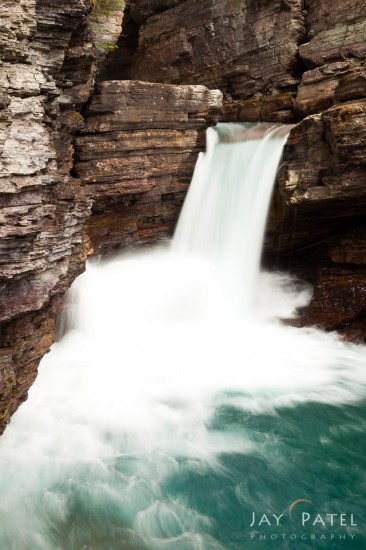
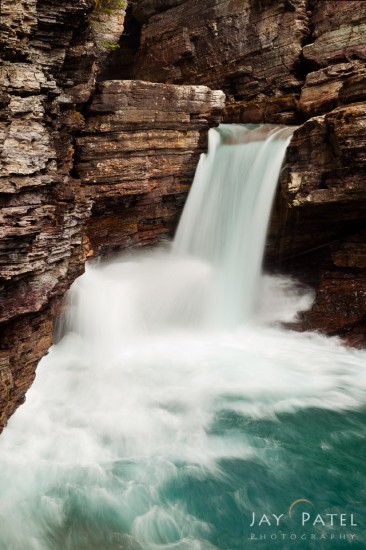
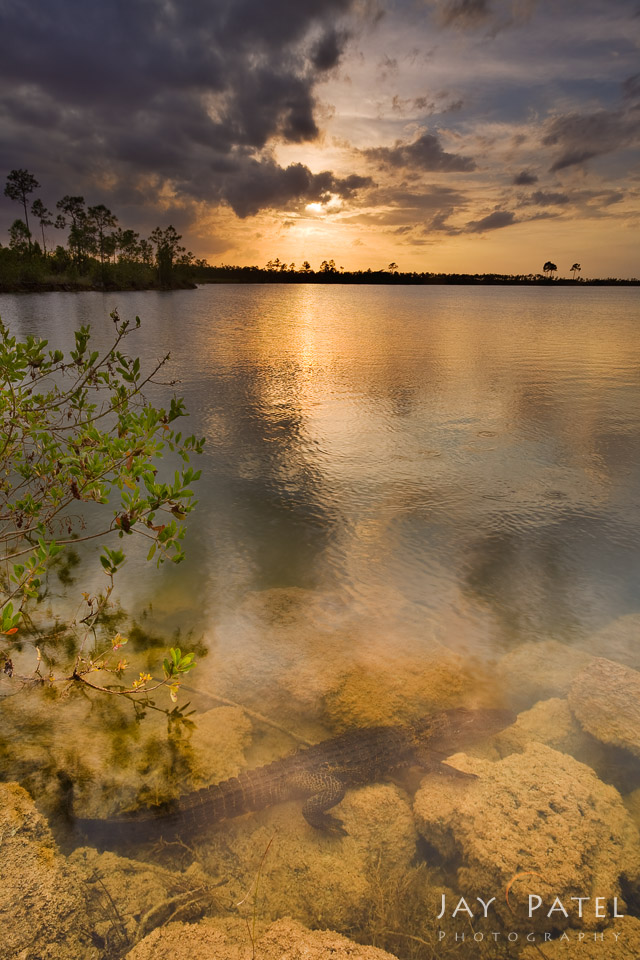
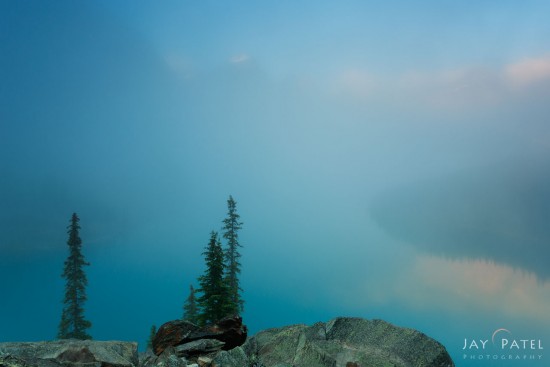
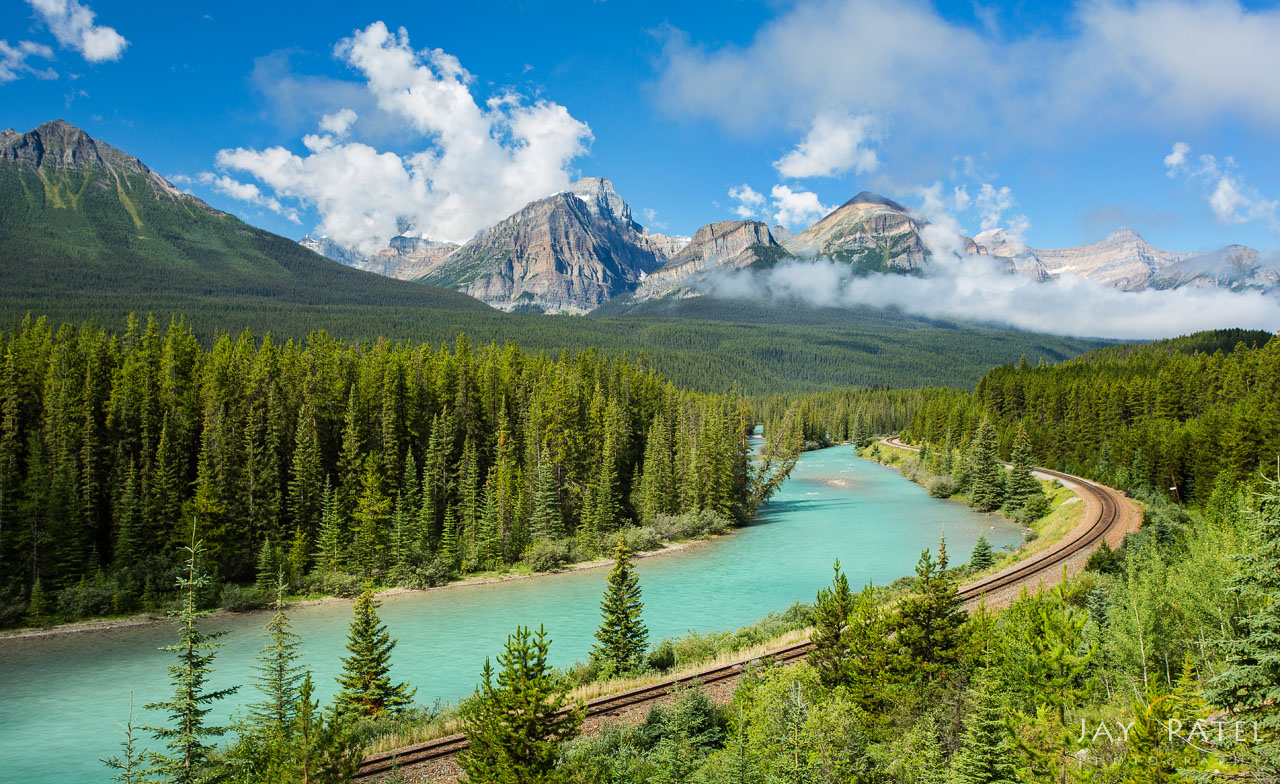



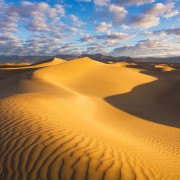




Great observation! The detail losing is a real problem in photography.
Just FYI, and it might just be me, but when you read this post in a reader, the images are flipped so the “left” image is NOT the blown out one… Threw me for a loop until this page loaded. Great point though, thanks for sharing.
Ben
Thanks for the heads-up, Ben. I’m afraid there’s not much we can do about how your reader formats our blog posts, though. Maybe next time we’ll say “the brighter image” rather than “the image on the left.” :) I guess that would solve the problem.